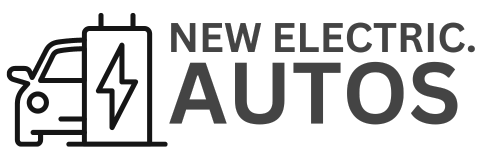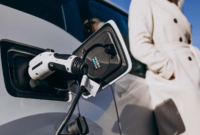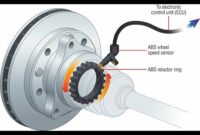
Norway is at the forefront of sales in terms of electric cars in Europe, so we ask ourselves: When will Spain be one of the main markets like Norway?
When will Spain become like Norway with respect to electric car sales?
According to the latest data from ACEA, 11.9% of the vehicles marketed in Europe are electric. Based on the Q3 of 2022 on sales throughout the continent.
See also: This is how sales of electric cars increased in Spain in June 2022
Until September 30 of this year, 273,101 units were sold in Germany, 15.4% more than in the same period of 2021. In fact, the difference between the Q1-Q3 2022 and that of 2021 is 36,044 units.
In the first nine months of the year, a total of 21,106 electric power plants were sold in Spain, 40.4% more than that registered in the same time period of 2021.
Norway, the benchmark for electric cars
Sales of electric units in Spain represent 3.51% of the market at the end of the third quarter of 2022. Compared to Norway with 77.78% of new electric cars.
Although sales have fallen this year by 0.8%, far from -63.9% for plug-in hybrid vehicles, -29.5% for electric hybrids, -37.1% for diesel and -45.5% of gasoline.

In Norway, electric car sales are booming despite problems regarding the cost of electricity.
However, in Spain gasoline and diesel have reduced sales (-15.5% and -19.5%, respectively). The increase in hybrid models (171,652 units and a growth of 8.3%) is distorted by mild 48-volt hybrids, which minimize emissions and fuel.
A two-speed Europe
In Spain the results are worrying when compared with countries like Germany or France. Countries that are not at the top like Norway or the Netherlands but where technology is growing.
The data is offered ACEA with his report of Q3 of car sales in Europe are: Spain 21,106 electric cars, Germany 273,101 units and France 140,967 units.

Sales increased (15.2% in Germany and 31.8% in France), being more solid. In France, 12.68% of the cars sold are 100% electric, while in Germany it is 14.62%. The plug-in hybrid is in decline with 13% and 10% in France and Germany, respectively.
Spain has about 1.6 chargers on the roads for every 100 kilometres, only eight countries in the European Union are below this figure. France has 3.4 chargers and Germany has 25.8 chargers per 100 kilometres.
Spain occupies 12.5% of the total area of the EU and has 3.4% of the chargers. France occupies 13.7% of the surface and has 12.1% of the chargers. Italy has an extension equivalent to 7.1% and has 7.7% of the chargers. The Netherlands reaches 0.8% of the surface: it has 29.4% of the chargers available.
So the brands offer electric cars and plug-in hybrids in Spain in the very long term.

When will we be Norway?
It was expected that from this year the electric car would be in full swing, exceeding 5% of sales. Unfortunately, only 3.51% of the market share has been reached.
Fossil fuels represent 60% of sales, however in Germany and France it was reduced to 54%. In Norway at 6.65%.
If you compare between plug-in cars, Germany and France buy more electric cars than hybrids. Representing 11.54% of sales (for 14.62% of electric). In France, at 7.96%, placing electric cars at 12.67%. With 5.72% for PHEVs and 3.51% for electric cars.
The Spanish Government’s calculations indicate that we should end the year with 45,000 sockets on the roads. However, in the month of July there were only 13,411 plugs.
Europe, has indicated its plan to place a 150 kW plug and a minimum sum of 300 kW every 60 kilometers by the end of 2025, the year in which it will enter into force Euro VII.
This indicates that between 2025 and 2030 measures will be adopted in terms of electric cars on a massive scale.
Writing by Gossipvehículos/Source: www.xataka.com



